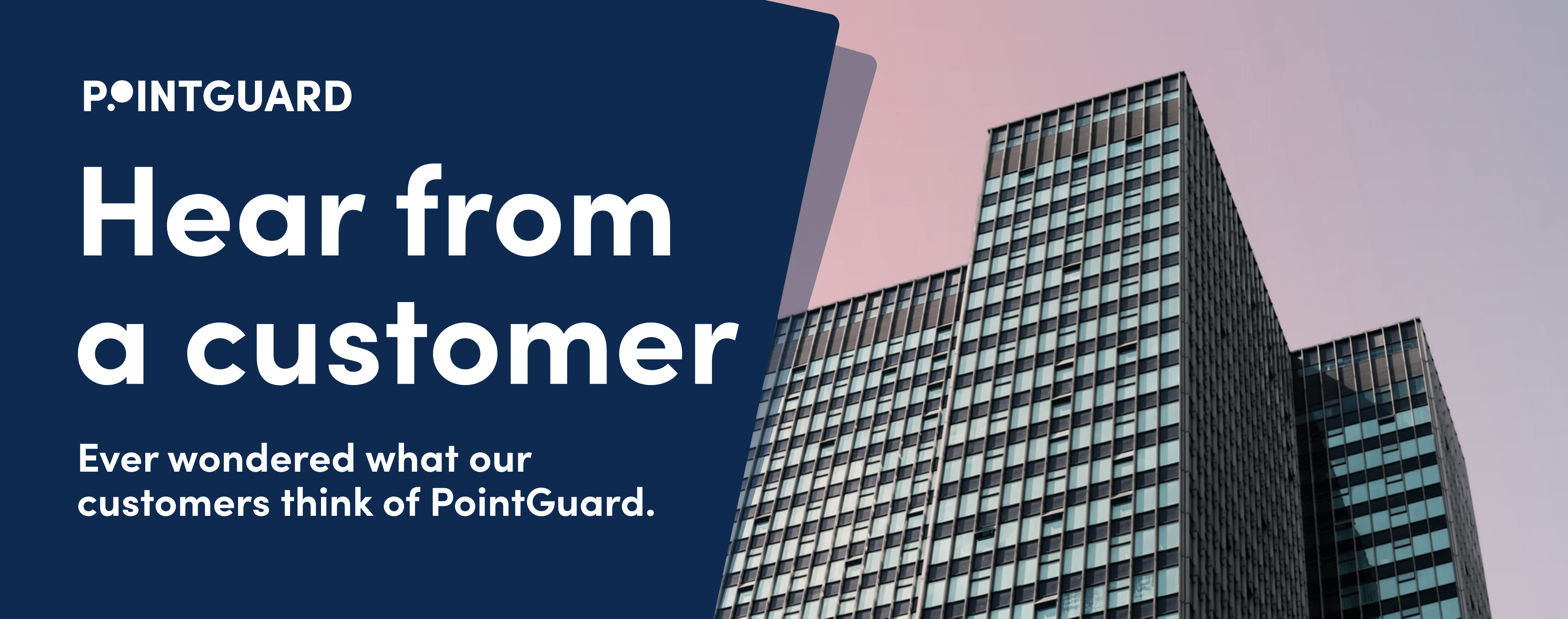If you’ve had an ear to the news or economists recently, you’ve heard we’re heading towards a downturn. We’ve been enjoying easy days with low unemployment and strong forecasts for the building tech industry (Did you know proptech investments have received an average of $475 million a month this year?) but the leaves have fallen and it’s starting to look colder in our headlights.
While there are many ways to prepare for such a change, one often overlooked way is building operational expenses. OpEx is seen as sunk costs and unchangeable but, fortunately, that’s not true. OpEx is a place to create and maintain value, as money saved is money kept as profit.
OpEx includes every expenditure that must be covered to keep the building running in a manner that suits its purpose and its tenants. For a Class A office building, these costs include energy, building maintenance, property management, insurance, taxes, utilities and administrative requirements. For the most part, these expenses are predictable based on occupancy, weather and usage patterns but in economic downturns, the market freezes, hiring stops, vacancy grows, budgets are squeezed, and leases are canceled so these expected expenses seem to come at a much higher cost.
Now is the time to get ahead so that you’re ready for when these darker days come. Building management needs to accurately assess critical needs and find the best ways to improve operational efficiency while the economy is strong to provide a safeguard for when the economy is weak.
Discovering your critical needs can be a complex calculation and is done best with access to and an understanding of the data in building systems. Using a technique that divides the performance of the HVAC system into individual comfort zones, PointGuard can see which zones are performing poorly and immediately address the mechanical components at the source of the problem. An asset score based on real-time performance is assigned to every piece of equipment, leading to a prioritized assessment on which assets could benefit the most from repair or replacement. Regardless of the current economy, PointGuard’s FacilityProfit Process™ makes retro-commissioning buildings an ongoing effort while providing a scalable, cost-effective method to reduce building costs over the long term.
Don’t forget that two of the most common ways to value buildings factor OpEx into their calculations. With cost savings becoming a value multiplier, the importance of reducing operating expenses can’t be overstated, particularly during downturns. A low cost of operation will also make a building extra desirable in a time when vacancies are higher. Potential savings are always there but they can be harder to find during challenging times when people must desperately search through a vast collection of building data.
When the dark days hit and budgets freeze, property and facilities industries need to work smarter to stay effective. No longer able to rely on basic techniques like simple “runtime” replacement calculations, they’ll instead factor in the impact of every investment as well as cost. Every dollar will matter when decisions are made, making it a smart choice to invest and commit to a technology solution before this point is reached, if it comes. When the FM team has historical data as well as real-time data feeds, the strategic value of FM will grow as well as the value of the building now running at lower OpEx.
PointGuard mines control data and focuses on areas of energy waste. If you’re interested in seeing how much you are spending on your OpEx unnecessarily, contact us to start a conversation.
We look forward to helping you prepare today for the unknowns of tomorrow.












